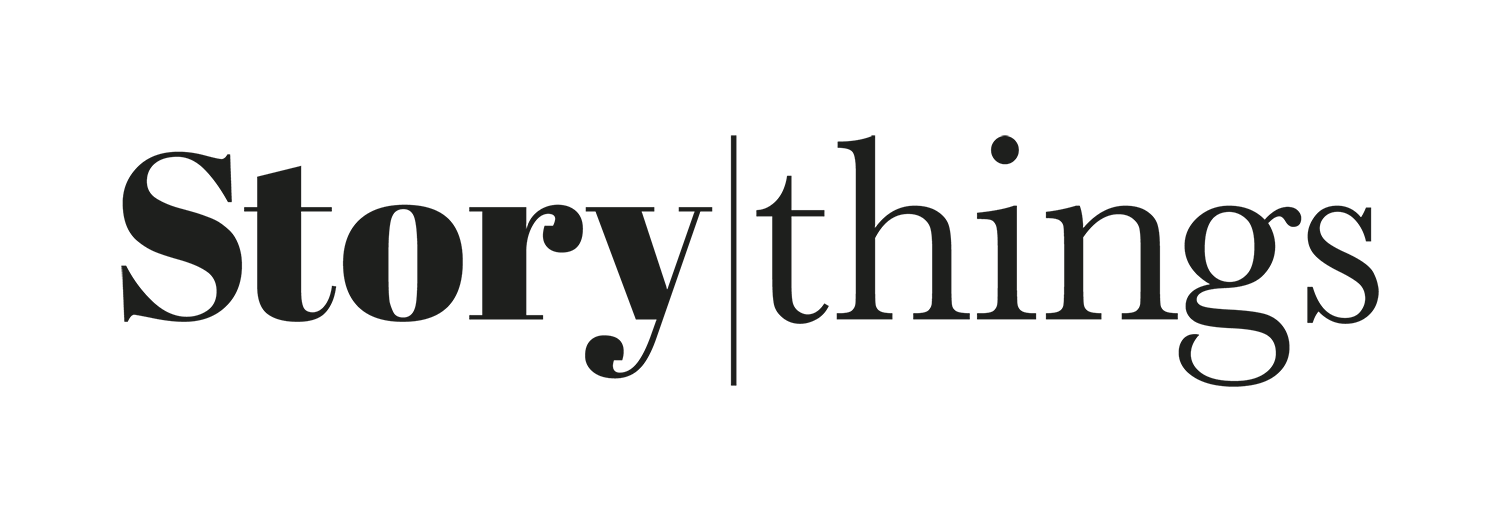Scroll Stoppers 6: Swiss Army Apps
Traditionally, we turn to different channels, media, or apps for different purposes – it’s why so many different platforms exist, and why our home screens and desktops are cluttered with so many tiny colourful icons. However, as we become wary of content overload and mindful of getting sucked into our screens, we’re seeing new behaviours from audiences.
Instead of switching between multiple apps, channels, and screens to consume content and carry out day-to-day tasks, our research shows we’re repurposing existing platforms to better serve our needs.
We’re taking meetings from our phones, using work-based platforms to socialise, and seeking news and recommendations from social media.
“I think I get most of my information from TikTok, if I’m being honest, book recommendations, film recommendations, just like any recommendations for home, appliances—anything that I want, I go to TikTok.” (Interviewee)
These behaviours range from individual repurposing of channels (like searching TikTok for the best coffee machine) to macro trends that directly impact a platform’s strategy.
“I literally only would go on LinkedIn when I was looking for a job before. Now, I go on it to find out more about future developments in the social media slash metaverse area. It’s been quite a good space to just read different opinion pieces and to find articles whereas I wouldn’t know where to start before.” (Interviewee)
In response to these changing behaviours, we’re seeing platforms offer new ways for people to engage with their content, largely by taking cues from other formats. Social platforms like YouTube and TikTok are entering the space previously owned by TV and radio – producing content in episodes, segments, or series. Meanwhile traditionally audio-only media like radio and podcasts are producing visual accompaniments to their content, usually for the purpose of social media.
It’s multi-purpose platforms meets multi-channel strategies. And throw in our newly formed habit of multimedia-tasking, and it seems content is becoming more of a full sensory experience for all of us. But what does this mean for the future? Perhaps audiences will soon be able to get all the stimulation and functionality they need from one single space.
In 2023, more than 50% of US social network users will shop via social platforms, as per Insider Intelligence Trends, Forecasts & Statistics.
“When I’m at home, I use YouTube videos while I go about my day.” (Interviewee)
Takeaway
With the avalanche of media choices available for us today and product teams forced to work only on specific features at a time (hello Musk and Twitter), it’s no wonder people are moulding specific platforms to be most useful for them.
● Think of how your content can be left open-ended a bit, to encourage people to use them as they see fit.
● Walk with your users: if a platform is being used by your target audience in a way that is interesting and relevant for your brand, use it the way they are so they can relate to you better.

